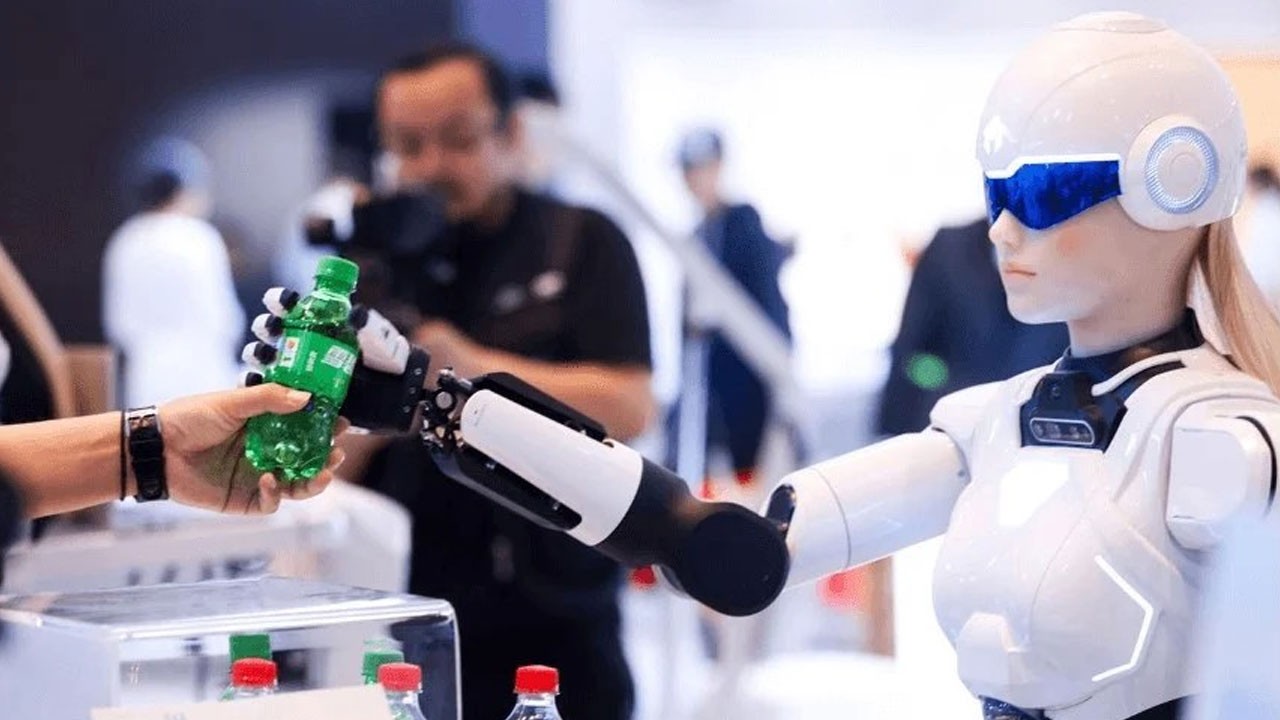The artificial intelligence (AI) revolution initially began with autonomous driving technology in automobiles. Long before ChatGPT became a household name, major tech giants started integrating AI to replace human drivers and automate various driving tasks. This shift marked the beginning of a transformative era where machines increasingly perform roles traditionally held by humans.

Simultaneously, the development of humanoid robots equipped with advanced AI capabilities has brought us closer to a future where robots can operate seamlessly within our daily lives. Once these robots become widespread, it is anticipated that many jobs across various sectors will be displaced, leading to significant societal changes. Governments worldwide are aware of these possibilities and are proactively working to regulate this rapid technological advancement. They plan to implement laws and restrictions on robot deployment to prevent mass unemployment and social instability, aiming for a gradual integration rather than an abrupt upheaval.
However, in the long run, the number of sectors where humans are indispensable will diminish substantially. Many routine and complex tasks will increasingly be performed by robots. One such area that could be profoundly affected is automobile sales. Recognizing this potential, a Chinese automaker, Chery, has begun deploying AI-powered humanoid robots in their showrooms to assist with car sales and customer interactions.
In 2024, Chery established a dedicated robotics division and introduced a humanoid robot named AIMOGA. The name stands for “Artificial Intelligence with Multi-Objective Genetic Algorithms”. AIMOGA is capable of walking, understanding human speech, and responding in up to ten languages. According to Chery, this robot is equipped with a “human-like movement library that enhances interaction, providing a more natural and engaging experience for users.” Despite these impressive capabilities, AIMOGA still resembles a promotional tool rather than a fully autonomous, human-like robot capable of natural emotional responses or agile movements.
Nevertheless, it is undeniable that tech companies are relentlessly working to merge AI with humanoid robotics. In the near future, we can expect to encounter robots that are increasingly indistinguishable from humans, performing tasks and engaging with us in ways that blur the line between machine and person. This ongoing evolution promises to reshape many industries, including automotive sales, and redefine our understanding of human-robot interaction.





